What Your Bed-Making Style Reveals About Your Personality
- By davidh
- •
- 01 Oct, 2018
- •
What Your Bed-Making Style Reveals About Your Personality

There are a lot of ways to make—or not make—a bed. Here are eight different bed-making styles, and the major hints they drop about what makes you tick.
Personality #1: Comfortably Crumpled - Contrary to popular opinion, opting out of making your bed in the morning does not mean you're lazy, or that you're not into setting a specific tone for your day. Instead, it's typically a better indicator of where you line up on the organization wheel - as in, you're probably less about to-do lists, and more comfortable with clutter in general.
Personality #2: Mostly Made - This style of bed-making involves making the bed - but only on a practical level. We're talking sheets and covers pulled up, pillows generally in place, but no frills, folding, or tucking involved. What does this mean about you? That you prioritize function over form. You like to start the day with a clean slate, and know you'll be able to end it without having to wrestle blankets back into alignment, and the most efficient way to accomplish both is a simple and utilitarian approach to making your bed.
Personality #3: The Great Cover-Up - Making your bed in the morning is easy: Ignore the sheets and pillows, head straight to the surface, and simply pull your comforter over the top of everything. Voila! Bed, made. Those with this approach are likely more on the spontaneous side, and less dedicated to details. Instead, you take on to-do lists with a mixture of devil-may-care and determination. You'll complete your tasks, but are more likely to do so with flourish than precision.
Personality #4: Hospital Corners - Does your morning begin with making your bed, complete with neatly tucked hospital corners? We know a few things about you. First, you're organized, and likely a planner. Second, you consider making your bed a task worth starting the day with, and you take pride in the project. And, third, you fully acknowledge that the little things in life, no matter how understated those details may be, matter.
Personality #5: Style-Centric - Making your bed isn't a process, it's a production. Complete with immaculate sheets, styled pillows, and possibly even a carefully selected quilt folded across the foot of the bed. Sound familiar? Your bed-making style is closely linked to your deep dedication to details, and your focus on aesthetics. You probably pick pretty over practical, and your bed shows it beautifully.
Personality #6: Mattress Minimalism - Your bed itself is simple, which makes your bed-making process simple, too. You prefer a neat, tidy, clutter-free room, and an equally neat, tidy, clutter-free home, and are highly organized, and possibly a little bit on the introverted side.
Personality #7: Beyond the Bed - At the end of the day, you'll collect your covers from their place crumpled up on the floor, but in the morning? No way. You have places to go, things to do—and you might even be running a little bit late for them. You're among the most spontaneous (and probably extraverted) of the world's bed-makers (or bed-making avoiders), and there's no way something as detail-specific as a wrinkled sheet on your bedroom floor is going to get you down.

1. Mix real and faux. No one needs to know it’s not all real. It can be difficult to tell the difference at a glance so let it be your secret.
2. Mix and match! Select a few faux seasonal statement stems that you can mix in with other foliage. This can help your basic arrangements go farther and give you a variety of shapes, colors and flowers to play with all year round. Keep less seasonal specific blooms or branches to cut down on the amount of items you need to store.
3. Bend the branches and leaves so they feel more relaxed and organic!
4. Vary the stem heights in the vase give it a more interesting shape.
5. Create an airy arrangement, leaving breathing room for a simpler look.
6. Pack a visual punch by using just one type of foliage. Use unique containers for your foliage to make a one-of-a-kind statement!
7. Fill the bottom of glass vessels with rocks for more interest.
8. You can use water in the bottom of a glass vase to make faux look more realistic!
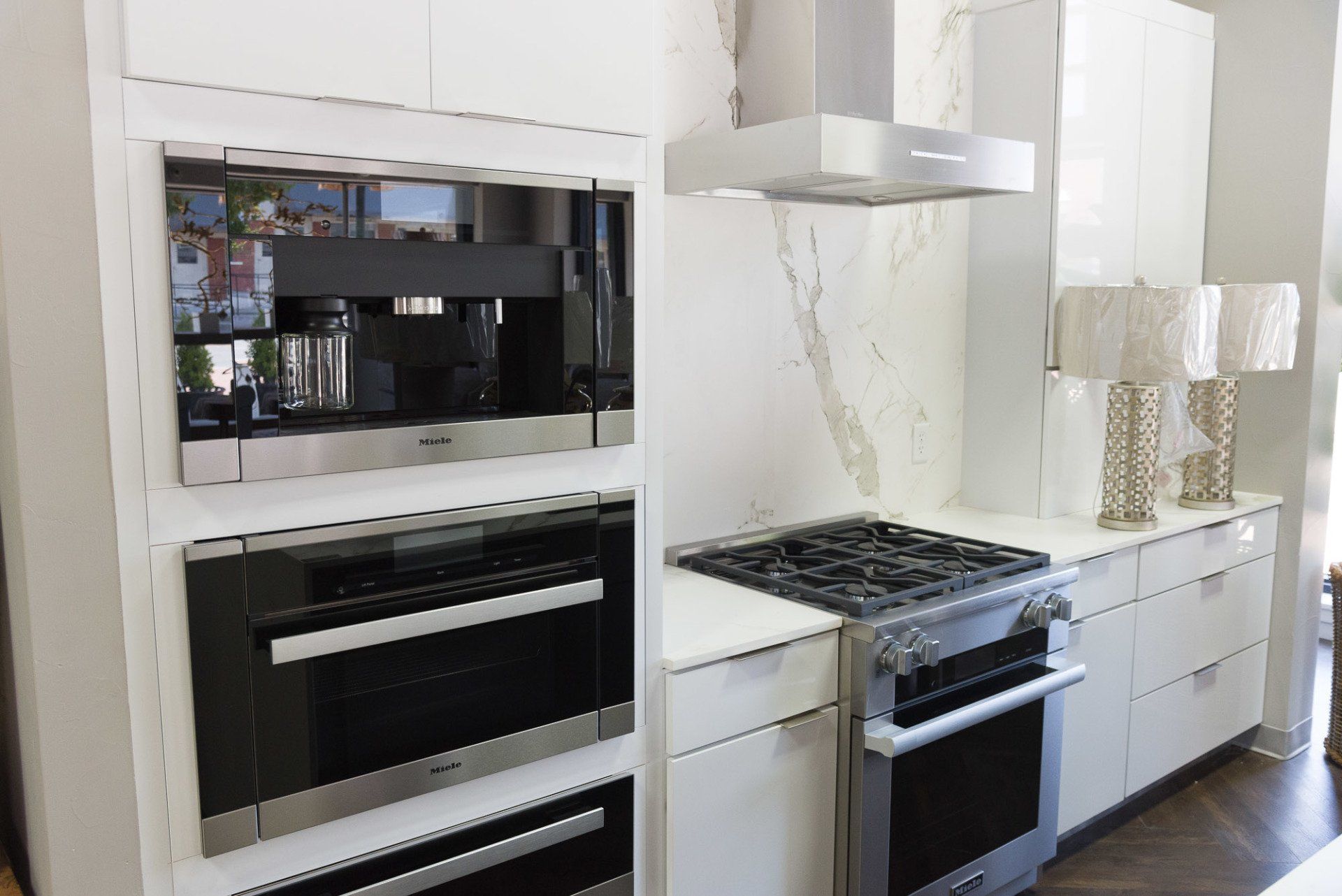
Lesson #4 - How to Clean Quartz Countertops -Quartz countertops are non-porous, which means they don't absorb bacteria, mold and mildew — not to mention things like red wine. So spill away! Cleaning is straightforward. Use only soap and water, and maybe some mild detergent. (Always check your manufacturer's cleaning and maintenance guide before you use different cleaning products, just to make sure the quartz won't react adversely to a particular chemical.
Lesson #5 - Quartz Countertop Pros and Cons
• Technology means that quartz countertops are consistently and uniformly produced, so you know exactly what you are getting when you buy it.
• Quartz's main selling point is durability. It will last for years without staining or breaking down, and requires little to no maintenance. It's also very easy to clean.
• Because it's made from little leftover bits of mineral, versus mined in whole slabs and shipped around the world, quartz countertops are considered a good environmental choice.
• One drawback is the upfront cost: it's one of the more expensive materials out there. However, quartz is extremely popular these days, which can be a huge selling point when you put your home on the market.
• Current technology limits the quartz countertop slab sizes. If you want an oversized island, for example, you might have to choose a different material. However, seams are less visible on quartz countertops than other materials.
Lesson #6 - Quartz Countertops vs. Granite/Marble - Granite/Marble was the go-to countertop for years, but has recently fallen into second place, leaving people to wonder which is better. Granite/Marble is an all-natural stone that's quarried: no two slabs are alike, and there are endless variations for you to choose from. It's also can be more affordable than quartz. Like quartz, granite/marble is highly durable, although it is porous and susceptible to stains, and therefore requires periodic sealing after the initial installation.
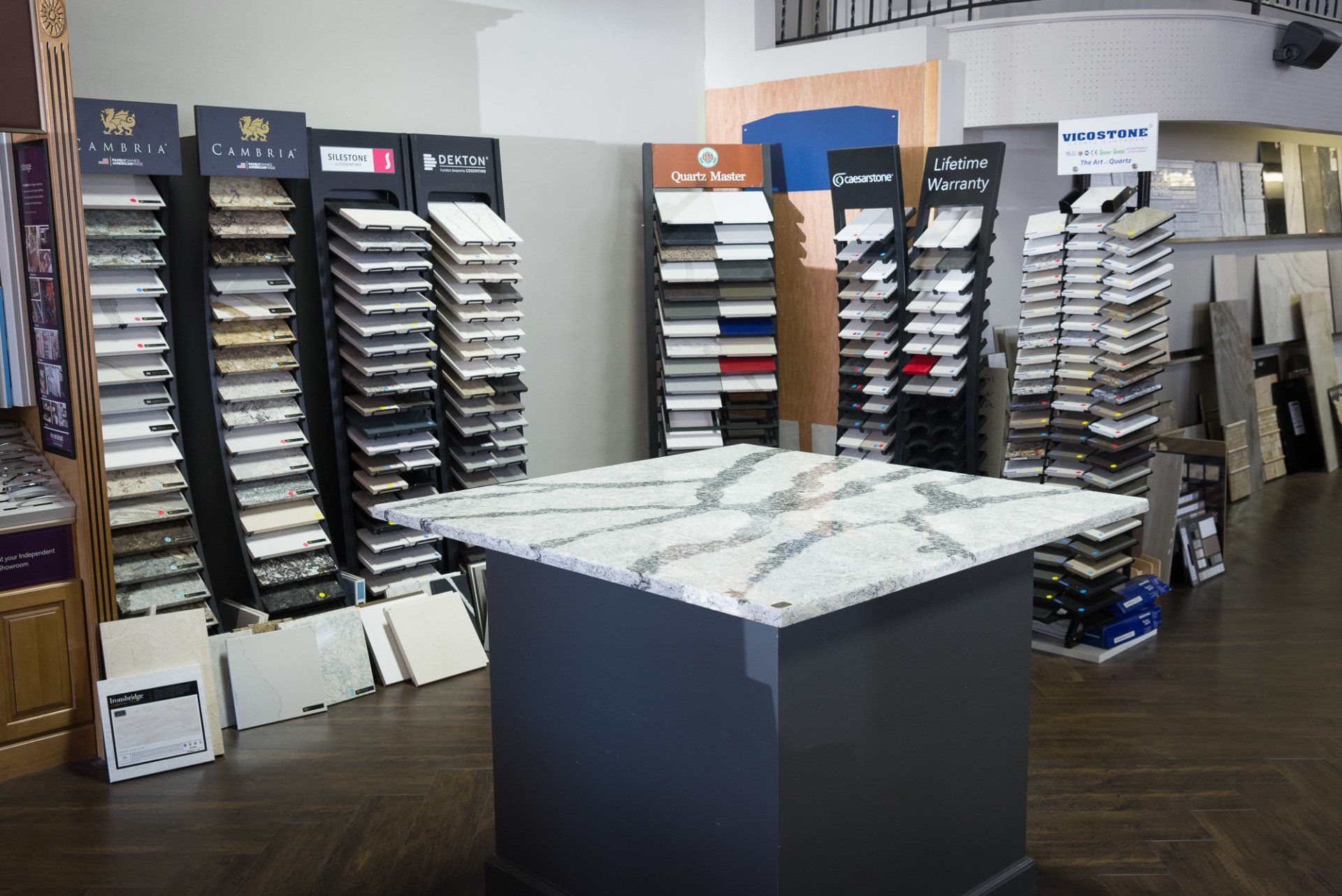
Lesson #1 - Quartz Countertops Colors - Although white and grey are probably the most popular, endless colors are available. Beyond color, new patterns also mimic the look of natural substances with subtle veins and striations — which gives the material some movement and makes it feel more real. There are also now more finishes to consider, in addition to the smooth and shiny quartz you can achieve a softer appearance — with honed or suede-like finishes — that have a brushed feel.
Lesson #2 - How Much Do Quartz Countertops Cost - Unfortunately, quartz countertops aren't a budget kitchen material, and can be a significant chunk of your remodeling budget. They run between $60-100 plus per square foot, including installation.
Lesson #3 - Durability - If you want the look, but not the maintenance, of natural materials like soapstone or marble, quartz countertops are an attractive alternative. Its hardness makes it a good work surface, and one of the most durable and low-maintenance options you can buy. Unlike other materials, it resists etching, stains, cracks and chips. More good news: the resin that binds the quartz during manufacturing already adds protection, so there's no need to initially seal the surface, or maintain by resealing in the future. It's good to know, however, that quartz countertops don't like high heat. You should never put scalding pots and hot pans directly on the countertop: always use a trivet instead.
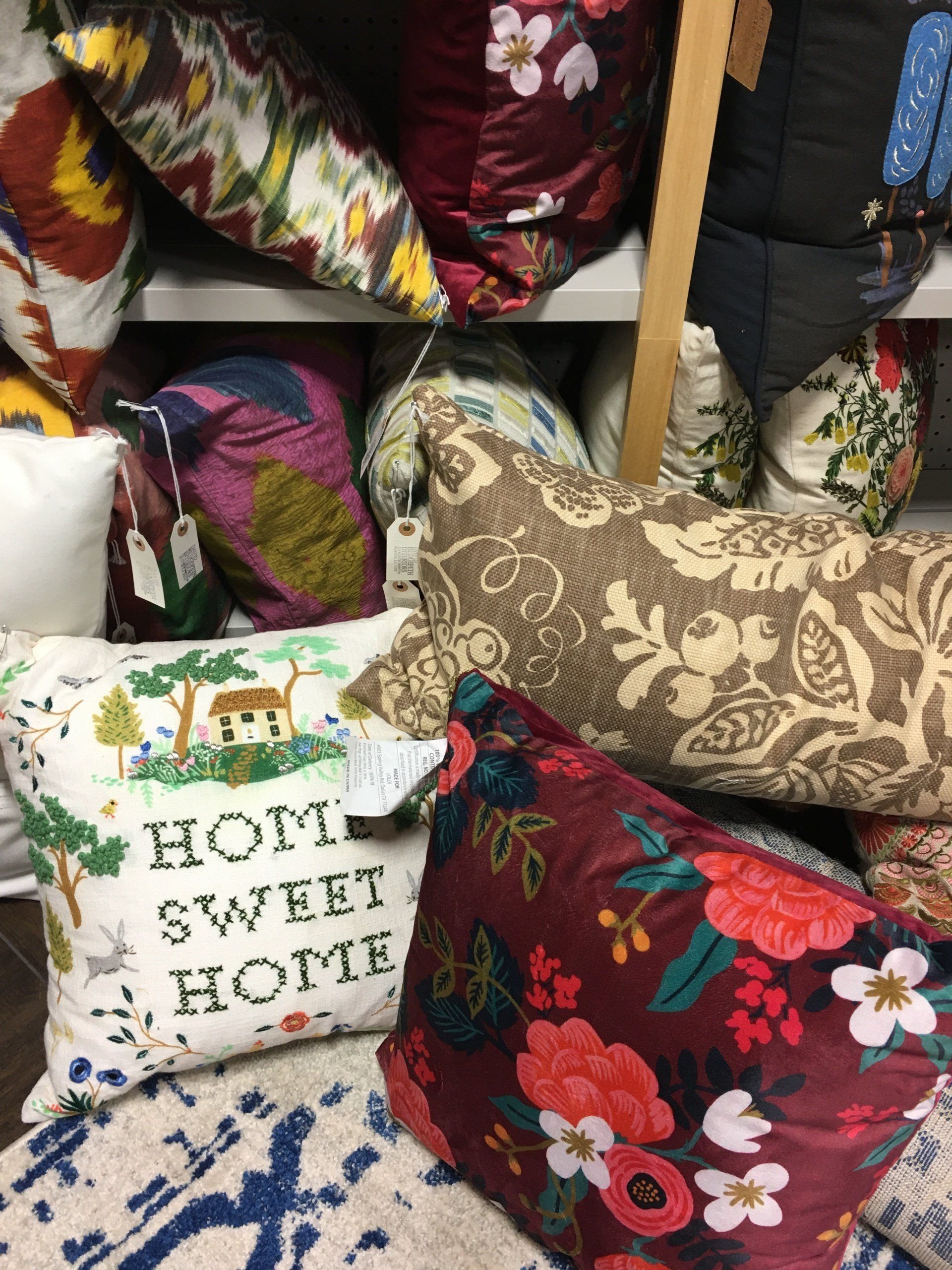
PICK AN ANCHOR COLOR: If there's a piece of furniture in your room that brings in a pop of color, make sure the rest of the room highlights it without outshining it.
MIX AND MATCH PRINTS: By mixing and matching styles and prints, you'll elevate the intrigue to keep the eye engaged.
THINK ABOUT SYMMETRY: Once you've got all the right pillows, you should also spend some time thinking about how you'd like to display them to get the most out of their potential. If you like the look of asymmetry, try an arrangement that looks more random and effortless.
STAY NEUTRAL:. If bright colors overwhelm you or you simply resonate with neutrals more, you can still allow your personality to show through with things like texture, material and shape.
EXPERIMENT WITH TEXTURE: Its fun texture makes it the perfect way to achieve a wild aesthetic outside of color, print, and shape elements.

String Mops - String-mops are inefficient, unsanitary, and obsolete because most floors should not be wet-mopped anymore anyway, they should be vacuumed, dry-dusted, then damp-mopped by spraying the cleaner directly on the floor and immediately polished clean. The new gold standard for floor mops is one with microfiber strands, or a spray mop with a machine-washable cleaning pad.

Feather Dusters - Feather dusters and rainbow-colored dusters are outdated because they’re ineffective. Without a cleaner or polish, or something to cling to the dust, they’ll just move your dirt around. Use a Swiller style dusters for light dusting once a week, but for a good, effective deep clean use an all-purpose cleaner and a microfiber cloth to trap dust and give your surfaces a nice shine.
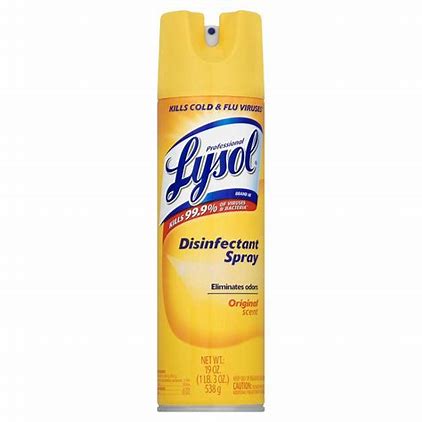
Disinfectant Spray or Wipes More Than Two Years Old - Like it or not, if it’s been sitting under your sink for too long, your go-to disinfectant spray or wipes aren’t something you can count on. Disinfectant sprays are usually only good for one to two years max. If the smell is getting weaker, then it’s not effective as a disinfectant anymore.
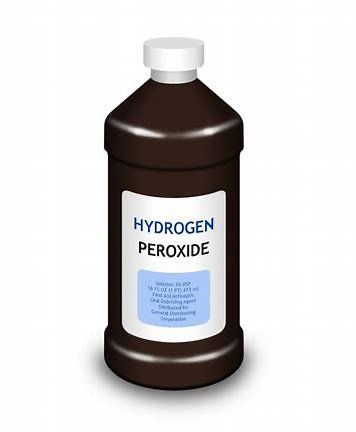
Hydrogen Peroxide - (especially if it’s been exposed to light)
Often used as a nontoxic disinfectant around the house, when stored incorrectly, hydrogen peroxide breaks down and loses its antibacterial properties when exposed to light for too long, that’s why it always comes in a dark bottle. Store it in a cool, dark place (in its original bottle) to ensure it stays potent and powerful. Even when stored properly, an opened bottle of hydrogen peroxide only maintains its effectiveness for six months to a year—it should indicate its shelf life on the label. After this time, the expired solution isn’t harmful, but it won’t be as effective at disinfecting as it used to.



